Vultr is a regarded provider, with a customer base of more than 200,000 clients in 150 countries. They specialize in offering cloud servers that have SSD storage capabilities serving both businesses and developers.
Vultr has strategically positioned its network of 17 data centers around the world to ensure an optimized cloud experience, for developers worldwide. In this review of Vultr Web Hosting, we aim to provide you with all the information before you decide to use this web hosting service.
Background on Vultr
Vultr is a known provider of cloud infrastructure offering a range of flexible and affordable cloud computing solutions, for businesses of all sizes. They are committed to providing cloud services that’re simple, reliable and cost effective. Their wide range of offerings includes private servers (VPS) dedicated cloud instances, block storage and bare metal servers.
One notable aspect of Vultr Web Hosting is their network of data centers located across 17 locations. These data centers are strategically positioned to ensure customers don’t experience delays and benefit from availability no matter where they are located geographically. Another advantage is the scalability of Vultrs cloud services allowing businesses to easily adjust their resource allocation as per their evolving needs.

Image Source: Vultr
Vultr focuses on enhancing the user experience through a control panel that enables seamless performance monitoring, management of cloud resources and access to a diverse set of features and tools. This user friendly interface provides options for resource allocation, server deployment, management utilities and DNS management.
Ensuring security is a priority for Vultr Web Hosting. They have implemented measures to safeguard customer data and resources. These measures include storing data continuously monitoring network traffic for any signs of suspicious activity and conducting regular security audits. Vultr also provides customers with protection, for their assets through features, like firewalls and two factor authentication.
Review of Vultr Web Hosting: Features
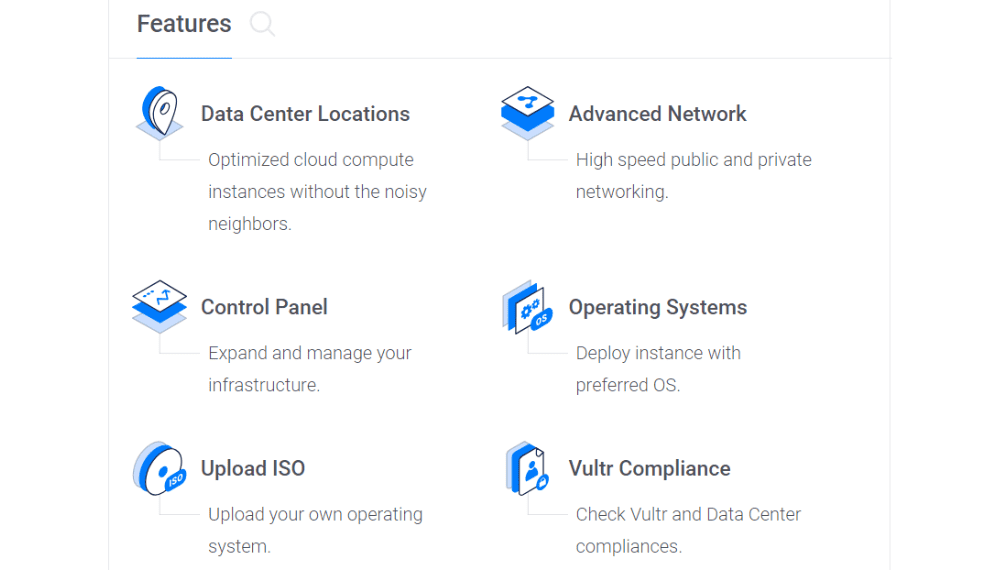
(Rating – 4.7)
Better Infrastructure
Vultr prides itself on having a top notch infrastructure that meets all the requirements. They are committed, to maintaining a 100% network and host Node uptime, which is not just talk but is backed up by reviews from satisfied customers. Vultr servers are strategically located around the world. And are equipped with SSD technology, which significantly enhances their performance.
What sets Vultr Web Hosting apart is its memory and CPU performance. The CPUs operate at 3 GHz or higher ensuring processing power. When it comes to memory speed, Vultr surpasses 86% while its CPU velocity exceeds 89%. These remarkable numbers make it clear why Vultr is the choice for programmers and businesses, in need of a highly efficient cloud solution.
Caters to Various Web Applications
Vultr Web Hosting offers a variety of easy to use installers, for both web applications and management tools. Although this feature might not immediately catch your attention it becomes more important when considering Vultr as a top notch cloud hosting provider. While experienced users can certainly use scripts and code to install applications, those who prefer simplicity will greatly value the user one click installer.
The installer encompasses an assortment of valuable options, including:
- WordPress
- Magento
- cPanel
- Drupal
Moreover it goes beyond providing its services to meet requirements enabling users to easily set up a Minecraft server if that suits their preferences. This flexibility greatly enhances the value of Vultrs offerings.
Offers Support Range of Operating Systems
Vultr Web Hosting offers native support for a wide range of operating systems, including:
- Windows,
- Debian,
- CentOS,
- Fedora,
- CoreOS,
- FreeBSD
- OpenBSD
However, if you have specific preferences, you also have the option to upload your preferred operating system.
Powerful CPU
Vultr provides users with a user custom control panel that makes it easy to launch instances from any device. This control panel also offers information, about server performance and overall health.
Range of Server Location Options
Vultr Web Hosting guarantees a presence with its network that covers 16 server locations worldwide. It has established itself in regions, across the US and Canada including Chicago, Miami, Amsterdam, Los Angeles and Dallas. Moreover Vultr expands its reach to hubs, like Paris, Tokyo, London, Frankfurt and Singapore.
The Practicality of Vultr Web Hosting
(Rating – 4.8)
Suitable for Beginners
Configuring and deploying cloud servers can be a bit more complex compared to traditional servers, especially if you’re new to this environment. Unlike regular shared, VPS, or dedicated hosting, where the web host handles the setup, Vultr requires users to configure and deploy instances themselves.
But with user-friendly features and clean interface has made the process quite simple, even for the beginners.
Simple to Connect With Domain and WordPress
To establish a connection, between your domain and your Vultr Web Hosting server and install WordPress follow these steps in order;
- Get a domain name from registered site like GoDaddy.
- Connect your domain to your Vultr server by accessing the “DNS” section in the Vultr control panel. There you can create an “A” record that points your domain to your servers IP address.
- Proceed with WordPress installation on your Vultr server. You can achieve this by logging into your server using SSH and following the provided guidelines, for WordPress installation. It’s important to ensure that your server has a LAMP (Linux, Apache, MySQL, PHP) stack to enable WordPress functionality.
- Alternatively you can make use of Vultrs “One Click Apps” feature which simplifies the process of installing WordPress with a few clicks.
Setting Up
Creating an account, on Vultr Web Hosting is an easy procedure offering you a range of payment options such as American Express, Visa, MasterCard, Bitpay, PayPal or UnionPay. The entire process should take no longer, than 5 to 10 minutes of your time.
Easy Integration of Bare Metal Server
Vultr offers a straightforward setup for metal servers providing power and performance without any unnecessary complications. You only pay for the resources you actually use and their bare metal setups also come with convenient cloud features, like one installer’s preloaded SSH access, preinstalled operating systems and startup scripts.
Smooth UI/UX
Vultr stands out with its user friendly interface making it a standout feature. Whats more Vultrs innovative approach allows users to effortlessly select their server, applications and operating system with a single click.
With its control panel, users can conveniently. Manage the performance and data of their projects. This cloud service also offers developers the ability to easily grant team members access to a project. Moreover its versatility, in terms of usability, on both desktop and mobile devices enhances its adaptability and accessibility.
Easy DDoS Protection
Vultr offers a service called “Simple DDoS protection” that helps protect the websites and applications of its customers from distributed denial of service (DDoS) attacks.
The Simple DDoS protection service provided by Vultr is specifically designed to counter the effects of DDoS attacks. It achieves this by identifying and filtering out any traffic before it reaches a customer’s server or network. Importantly this service is automatically activated for all Vultr customers requiring no setup or configuration. In case of a DDoS attack, Vultrs skilled network operations team promptly takes action to identify the source of the attack and implement measures to safeguard your systems.
Overall Performance
(Rating – 4.6)
Outage & Disruptions
Although Vultr Web Hosting like any technology provider may encounter outages or disruptions, the company has implemented measures to ensure its platform remains available and reliable. These measures include a redundant infrastructure that can handle faults and network failures.
Additionally Vultr is committed to addressing any outages while keeping customers informed.
Pricing and Cancellations
(Rating – 4.7)
Straightforward Pricing
Vultrs pricing model stands out for its simplicity making it easy for users to understand the costs associated with their services. With a pay, as you go structure users are only billed for the resources they actually use, giving them the flexibility to adjust their resource allocation without being tied to long term contracts.
Additionally Vultr offers a range of pricing plans designed to meet user requirements. For example users can choose from a variety of VPS plans that offer varying levels of CPU power, memory capacity and storage resources.
Refunds and Cancellations
Vultr has a policy when it comes to cancellations and refunds which applies to all the services they offer. Here are some important things to keep in mind;
- Charges that are one time, like setup fees, licenses and additional storage cannot be refunded and are not eligible for reimbursement.
- For services such as VPS plans users can ask for a refund for the part of their service if they decide to cancel within the first 30 days.
- If a user chooses to cancel their service after the initial 30 day period has passed they won’t receive a refund. However they can still use the service until their current billing cycle ends.
- Vultr has the right to terminate a users service if they determine that its being used in violation of their terms of service. In this case users won’t be eligible, for a refund.
Its recommended that you thoroughly read and understand the cancellation and refund policy before subscribing to their services.
Conclusion
Vultr Web Hosting is the best choice for individuals and businesses in need of cloud computing services. It’s worth considering for both business needs. However it’s important to do research and independently evaluate the providers services and reputation before making a decision. Taking all factors into account – it receives a rating of 4.7 out of 5. It comes highly recommended for beginners and those who are new, to this field.
Frequently Asked Questions
Q; What are some alternatives, to Vultr?
- DigitalOcean; DigitalOcean is an used cloud infrastructure provider that offers scalable virtual private servers (Droplets) and a range of additional services, such as managed databases, Kubernetes and object storage.
- Linode; Linode is another established cloud hosting provider that focuses on simplicity and affordability. They offer servers with user friendly features.
- Amazon Web Services (AWS); AWS is a cloud computing platform provided by Amazon. It offers a selection of services including servers (EC2) databases, storage options, machine learning capabilities and more.
Q; What are some notable features of Vultr?
Vultr provides users with an interface to DigitalOceans making it easy to navigate for those familiar with the latter. Additionally the ability to quickly deploy operating systems ISO images and web applications with one click is an advantage. Another beneficial feature is the server deployment time of 60 seconds. Moreover Vultr offers options for adding SSH keys to ensure access to servers. These user friendly features contribute to a seamless cloud computing experience, for Vultr users.
Q; Are there any limitations or drawbacks associated with Vultr?
Although Vultr Web Hosting has its advantages it’s important to consider some limitations well.
The limited selection of one applications, for WordPress installations on Nginx servers might be a downside for users who are seeking more options in terms of available applications. Moreover some users may find it inconvenient that they are required to provide billing information when using credits. Additionally the restriction of deploying servers in Japan when utilizing these credits could pose an inconvenience, for users located in regions.
Q; How does Vultr assist its customers?
Vultr Web Hosting goes beyond offering chat, email and a ticketing system by providing customer support around the clock, 24/7.



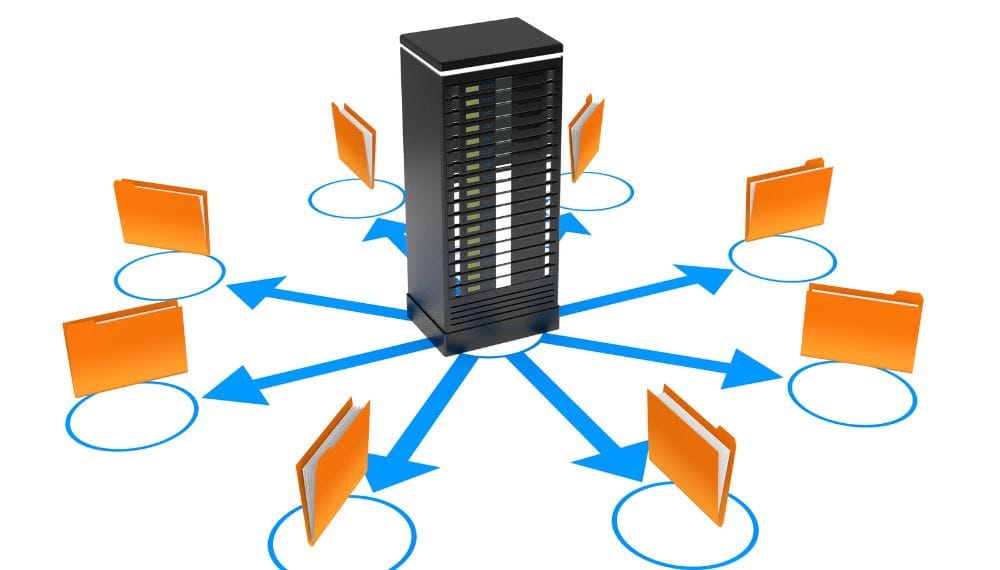





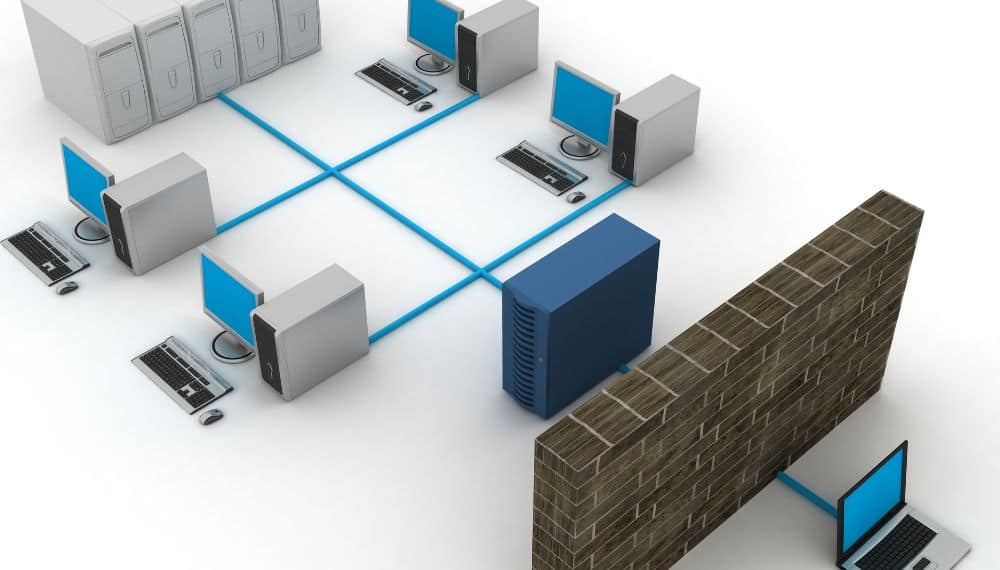





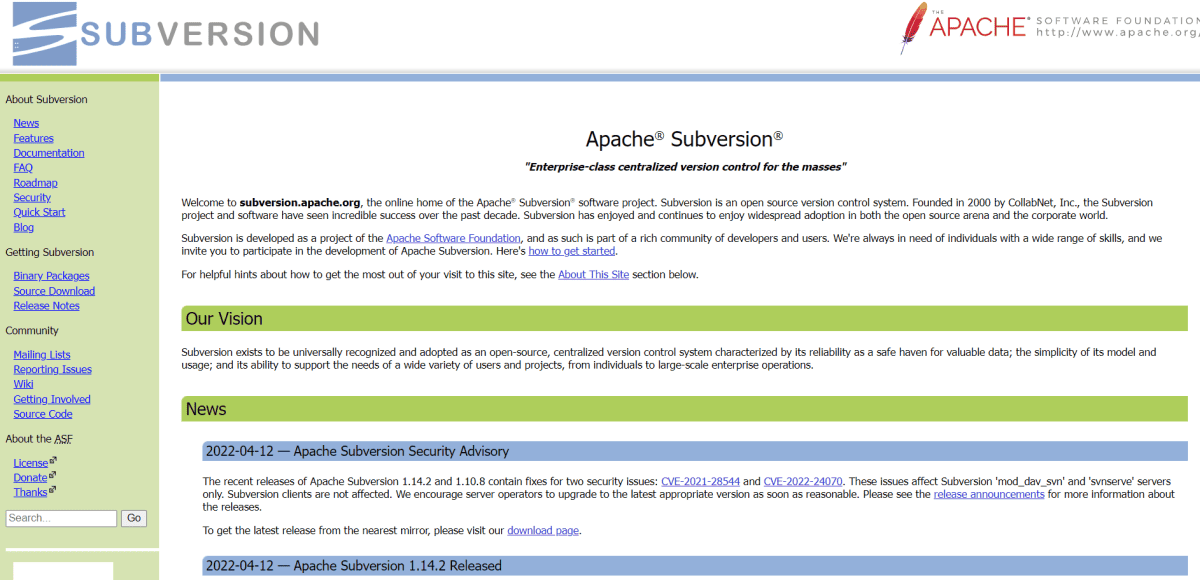
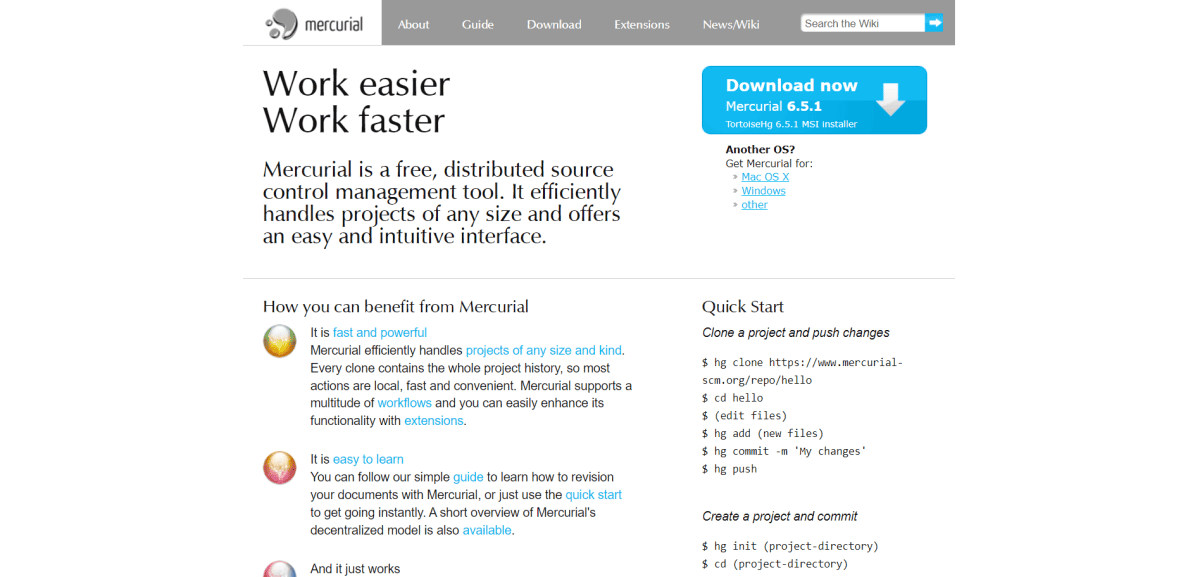















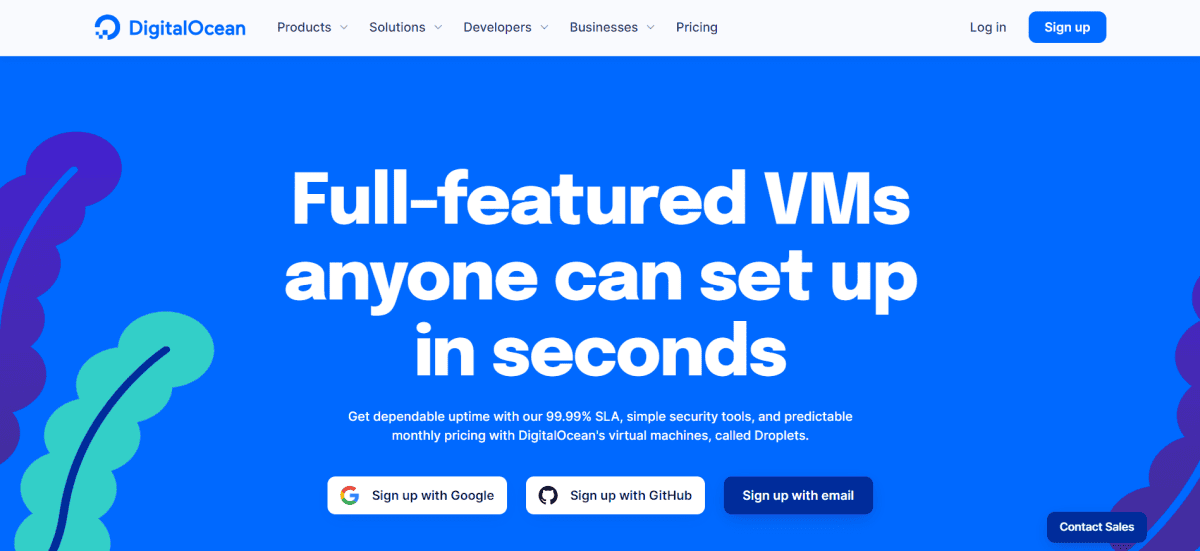
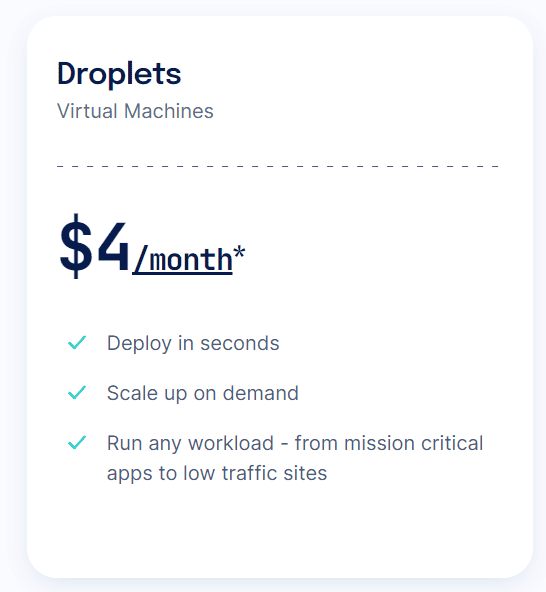 For those who have requirements, DigitalOceans Basic Droplets offer a cost option starting at just $4, per month or $0.00595 per hour. Despite the price, these Droplets provide resources for basic web applications and development projects.
For those who have requirements, DigitalOceans Basic Droplets offer a cost option starting at just $4, per month or $0.00595 per hour. Despite the price, these Droplets provide resources for basic web applications and development projects.


